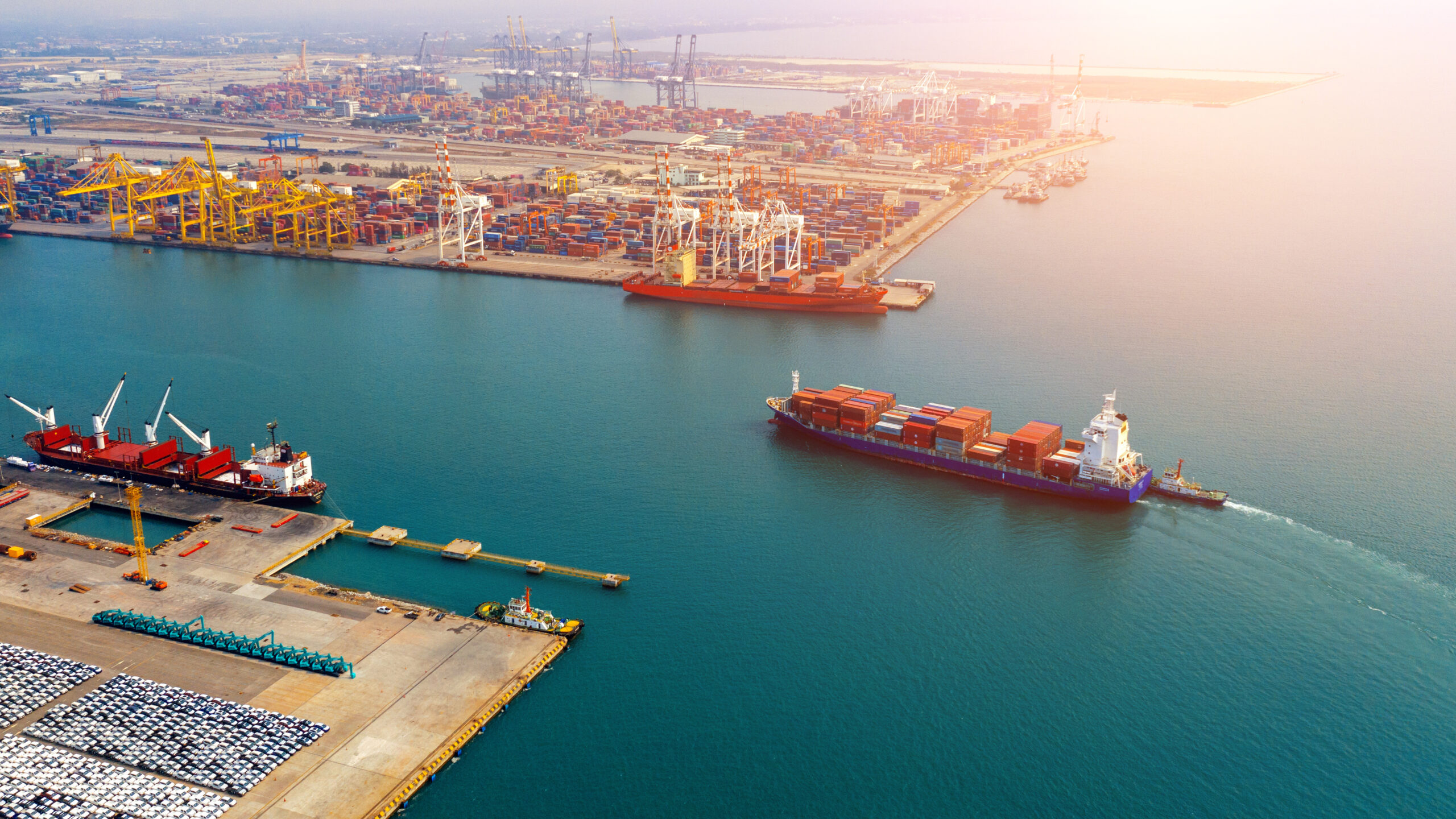Shipping was, until recently, the only transport sector not subject to emission reduction targets. However, there has been a global push to decarbonize shipping and ‘green shipping corridor’ (GSC) is a trending buzzword. In this article, we look at what GSCs are and where the first projects are likely to be located.
What is a Green Shipping Corridor?
A GSC is essentially a zero-emission maritime route between two or more ports, which includes decarbonised landside infrastructure and shipping vessels. The purpose of a GSC is to cut down, if not eventually eliminate, the estimated 1 billion metric tons of carbon dioxide (CO2) currently generated by the shipping industry each year, equating to around 3% of global carbon emissions.
Compared to regular shipping, GSCs mobilise all value-chain actors to invest in zero-emission shipping. For example, a GSC offers a prime location with offtake certainty for zero-emission fuel producers. Like a special economic zone, a GSC also allows policymakers to create fit-for-purpose regulatory measures, financial incentives and safety regulations, as well as a standardized tracking registry, to apply exclusively to the GSC zone. This gives clear rules and regulations to any vessels moving through the GSC and serves as extra security for any stakeholders involved in the project.
Against these advantages, there are some regulatory wrinkles to smooth over such as approving safe fuel handling guidelines for sustainable marine fuels such as ammonia and hydrogen. Furthermore, there must be collaboration and common agreement between all parties involved in the GSC.

Planned Green Corridors
Europe
In Copenhagen, the Mærsk Mc-Kinney Møller Center for Zero Carbon Shipping is collaborating with the Port Authorities of Hamburg, Gdynia, Roenne, Rotterdam and Tallinn to build GSCs in Northern Europe and the Baltic Sea. These GSCs symbolize the European Union’s commitment to reduce CO2 emissions in all its transport industries. Looking to the future, these GSCs will also serve as the trial projects and blueprint for establishing a full European Green Corridors Network.
US and China
Elsewhere, Los Angeles and Shanghai have partnered up with the ambitious goal of creating a GSC on one of the world’s busiest shipping routes – between the US and China. The key goals of this partnership include:
- Developing and introducing zero-emission ships and best practice guidelines throughout the 2020s; and
- Reducing the emissions surrounding the ports in Los Angeles and Shanghai.
For now, the project is still in the early stages of preparation for the GSC, with a view to finalising an implementation plan by the end of 2022.
Australia
A consortium including the Global Maritime Forum, BHP, mining company Rio Tinto and other shipping companies, have signed a letter of intent to support a proposed Australia-East Asia iron ore GSC, aimed to reduce carbon emissions along this route. The project originated in a 2021 study report called ‘The Next Wave’ by the Getting to Zero Coalition. The report proposed the implementation of an iron ore corridor between Australia and East Asia where shipments would be fueled with green ammonia. In line with this proposal, the consortium will assess green ammonia supply, bunkering and first mover support mechanisms. It will further invite public-private dialogue and focus on the development of decarbonised fuel production and infrastructure to ensure the smooth transition to a viable GSC.
Conclusion – what does this mean for Australia?
With the introduction of GSCs, international shipping will become increasingly reliant on sustainable maritime fuels, such as ammonia and hydrogen. According to the Global Maritime Forum, ammonia may even be the preferred fuel due to its zero-carbon combustion, cheaper cost, higher energy density and low maintenance storage compared to hydrogen; making it a suitable fuel for powering global shipping vessels.
In previous articles, we outlined Australia’s advantageous position to produce green ammonia via its existing resources, workforce and domestic market (read it here), as well as its capacity for hydrogen production (a list of Australian hydrogen projects can be found here). This remains true in 2022, with works currently being undertaken to create dual hydrogen / ammonia production facilities to the south of Perth, WA (H2Perth Project) and in Bell Bay, TAS (Origin Green Hydrogen and Ammonia Plant)
Given its position and proven capability to produce both hydrogen and ammonia, Australia can scale and export these resources beyond its borders to cater to this consistent, and no doubt increasing, demand for renewable shipping fuels. Accordingly, the more the world is connected by GSCs, the more Australia can reinforce its role as a new, renewable energy superpower.
The Hamilton Locke team advises across the energy project life cycle – from project development, grid connection, financing, and construction, including the buying and selling of development and operating projects. For more information, please contact Matt Baumgurtel.